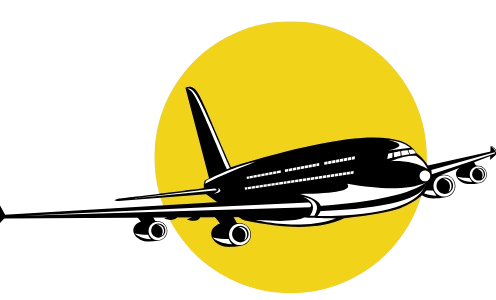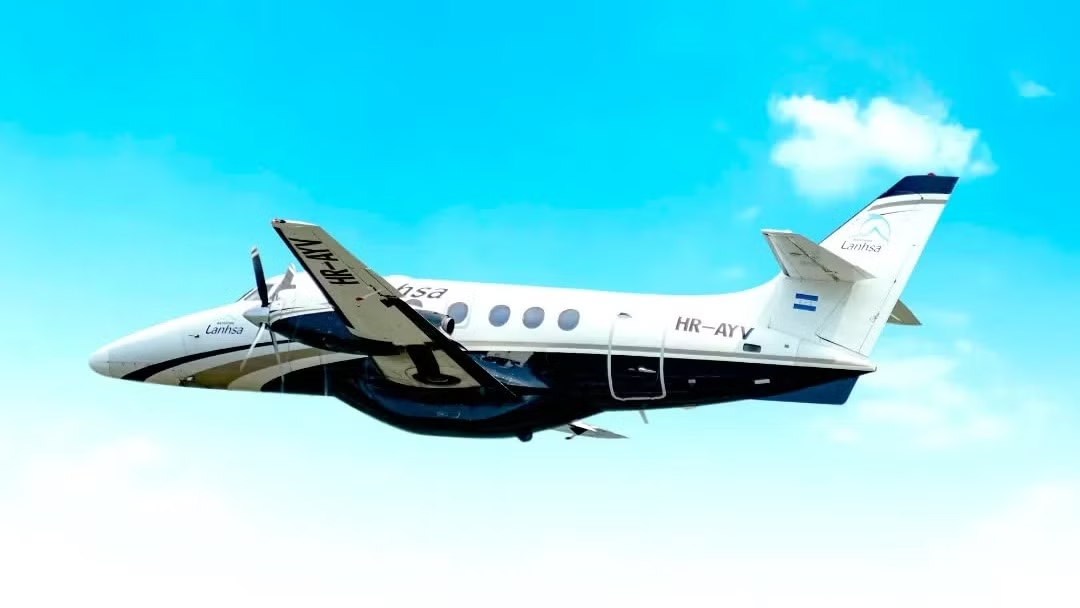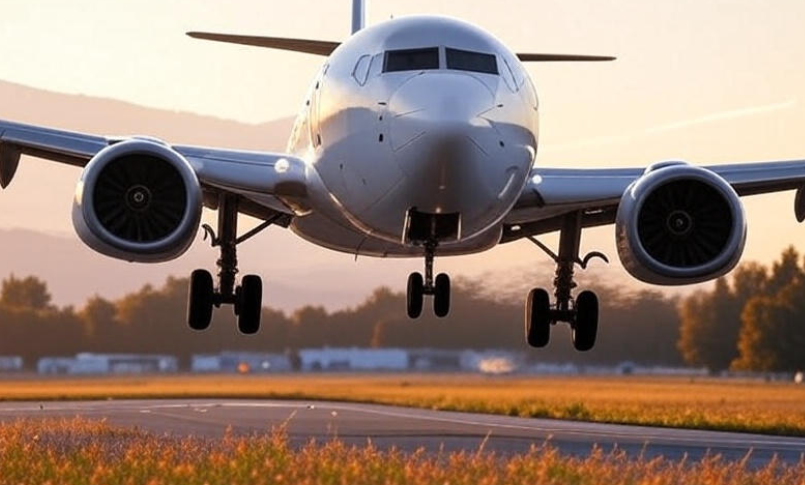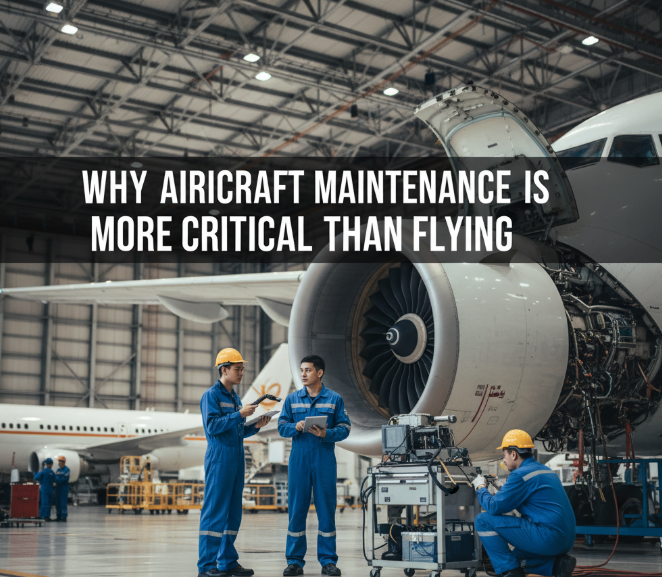Aviation has always been a mix of creativity and might, with the sound of aircraft and their metallic surface showcasing power. Now, we are advancing toward 2025, where fighter jets are advancing to a new level of sophisticated technology, speed, and agility.
If you have a particular interest in airborne vehicles or are simply inquisitive about the engineering of these machines, in any case make sure your seatbelt is on because this is going to be a very exciting journey! In this guide, we will cover the most advanced fighter jets that are ready for take-off in 2023.
We will cover features such as stealth, which allows these machines to be undetected by enemy radars, and the speed at which they can travel, which is blazoned at supersonic, meaning they will do beyond the speed of sound, redefining what war engagement means.
Are you prepared to take off? Let us embark on a journey to explore the unparalleled prowess of the air.
The Importance of Fighter Jets in Modern Warfare
For a lengthy period of time the best assets in a country’s military aviation has been, and will likely continue to be, fighter jets because of the unparalleled speed, flexibility, and technology they contain. These assets are vital in modern warfare as the geopolitical world is shifting with new zones of conflict rising and nations becoming more eager to dominate the skies.
They aid in preventing certain actions as well as informing and guiding offensive and defensive strategies. Fighter jets are now evolving from stealthy designs to superspeed units.
As we set our sights toward 2025, the promise of unprecedented transformation impacts yawing combat capabilities. What else could we possibly expect from the next lines of fighter jets? Let’s check out features thay might set them apart to redefine global military power. The next months will unfold everything, so let’s get ready!
Fighter jets are changing to suit evolving demands of military combat. The history of fighter jets are quite fascinating: changes signaling skips towards supremacy. The days of watching units from a safe distance are long gone. Stealth units are far from becoming obsolete, but technology makes avoiding radar systems and entering defense lines the beating heart of war scenarios, surpassing the realm of fiction.
Developed technologies enabled nations to optimize their jets through DnD investments: advanced materials permitting reduced weight without sacrificing strength enhance designs, and yield unbelievably high speeds coupled with jaw-dropping maneuverability.
The threshold of a new epoch of development has arrived, which is the new supersonic strike capabilities. The new and improved jet engines are forecasted to solve the grand performance problem fighter jets face currently.
Innovation is the main characteristic of each upcoming generation. With the needs of the military currently changing, the tactics for aerial battle during a war have shifted as well. The arms race fueled by geopolitical necessities and technology is neverending.
Top 5 Expected Fighter Jets in 2025:
A few fighter jets appear to be ahead of the competition in 2025 and dash out. The stealth features and capabilities of sensors makes the Northrop Grumman B-21 Raider a standout. It is meant to be a long-range system which ensures top notch precision. So far nothing is as polished.
Following it, we have the multi-purpose Lockheed Martin F-35 Lightning II. This jet keeps on getting better, especially with additional combat and multifunction software it receives. Fostering of electronic warfare is what gives it an edge.
The French jet Dassault Rafale M also deserves recognition. It is specialized as a carrier and operates with advanced weapon systems, which is what gives it maneuverability.
Lastly we have the Russian jet, Su-57 Felon, which demonstrates exceptional maneuverability, featuring state of the art controls built for domination of the skies.
Lastly, the Chengdu J-20 of China captures one’s attention as a great competitor. The China J-20 has enhanced stealth capabilities and a greater range of operations, changing the approach to air combat in Asia pacific regions.
Comparison of Features and Capabilities
In the comparison of features and capabilities, the fighter jets of the next generation have a singular focus.
F-35 Lightning II’s features include stealth profile, state-of-the-art avionics, and multifunctional aircraft. The F-35 carries out ground attack operations while being in control of air power.
The other is Russia’s Su-57, with its key feature being super maneuverability. Its twin-engine configuration optimizes speed and agility during combat maneuvering. It has been designed with focus on electronic warfare capabilities to give him an advantage over his opponents.
Chengdu J-20 made by China has radar evading capabilities, and because of that, possesses a striking range of technology making him a powerful foe in air combat.
The Eurofighter Typhoon on the other hand is specialized for multi-role tasks where it is able to perform various functions. It merges rapid speed with strong air-to-air and air-to-ground attacks.
These features are integrated in each jet which depend on the type of aircraft they are competing against. The arms race between the jets furthers not only military tactics but also the aircraft engineering innovation.
Innovations in Technology and Design
New breakthroughs in technology and design are the reasons behind modern fighter jet development. Modern fighters have enhanced situational awareness and target acquisition systems which allow easier navigation in stressful cockpit environments. This is achieved by advanced avionics.
Modern materials are also being developed. Next-generation materials composite structures that are strong, lightweight, and improve performance without building durability. This increases fuel efficiency and operational range.
Stealth technology is also being enhanced. Stealth capabilities have reached new heights with the use of advanced radar absorbing materials, stealth providing more access to contended airspaces.
The new design focus to enable modular system upgrades as technology evolves. Adaptability is emphasized; this ensures that aircraft are bound to stay relevant for decades after initial deployment.
Autonomous operation and pilot assistance AI integration is changing the nature of aerial warfare and transforms jet functions in combat scenarios.
How Do These Fighter Jets Stack Up Against Each Other?
Performance is of utmost importance when it comes to comparison of fighter jets. In aerial dogfights, speed and movement mastery dictate the result. F-35 Lightning II is an example of advanced agility and speed paired jets performing well in any environment.
Weapons systems serve as an example of a key consideration. Some models have improved strike capabilities because of cutting-edge missiles and precision-guided munitions integration. Advanced missile accuracy enhances the achievement of the set goals as well.
Other equally important areas of defense include stealth technology as it is vital in high-risk zones, and aviation with electronic warfare systems that neutralize threats well ahead of detection.
Each jet is tailored to perform an entirely different task and is built with air superiority or ground attack capabilities. This contest automation gives strategists throughout the globe a deep array of options to work with.
Performance, Speed, and Maneuverability
Expectations make up the backbone of any fighter jet, and is steam engine powered for performance. A modern jet is engineered to slice through the vein of air at blistering speeds, dominating them in every facet of war theater.
Turning agility during aerial dogfights and raw power frame maneuverability. Bendable, advanced designs accompanying complex thrusting achieved through blasting enable otherwise thought impossible maneuverability.
Consider, for example, two next generation fighters, the F-35 Lightning II, and Russia’s Su-57. Each has impressive speed metrics, but they each perform best in different tactical environments.
Battles are won or lost in a split second, meaning speed and performance become deciding factors for survival. This relationship between speed and maneuverability has drastically changed air warfare strategies.
Weapons Systems and Defense Mechanisms
Air to air and air to ground combat both employ a diverse array of weapon systems on fighter jets. For instance, the US uses the AIM-120 AMRAAM missile and Russia uses R-77. Both missiles are advanced and allow pilots to engage with enemies at massive distances.
Modern precision-guided munitions are also used on fighter jets, including laser-guided bombs and smart bombs, and the use of these technologies reduces collateral damage. This is especially important in modern warfare, where civilian lives are at risk.
Defensive countermeasures have changed a lot as well. Stealth technology improves radar detection, making it more difficult for enemy forces to target the aircraft, and is also effective in jamming enemy radar systems. This allows for greater pilot safety during missions.
Along with powerful offensive capabilities, the latest fighter jets have solid defenses against many attack vectors. They are equipped with active defense systems which neutralize threats before they can do any damage.
The Costs Associated with Purchasing and Maintaining These Advanced Fighter Jets
A country’s budget can be severely impacted by the costs associated with owning advanced jets. The first consideration is the initial purchase cost, which can soar over hundreds of millions for each aircraft.
Budgetary constraints vary widely among nations, with some prioritizing cutting edge technologies while others focus on social programs or need a strong military presence.
Other than the initial acquisition cost, ongoing operational expenses also remain high. A ‘set’ budget for fuel consumption during extensive training missions and combat readiness drills can become strained.
Another commanding expense is maintenance. Advanced technology requires specialized knowledge and equipment for repairs, driving up labor costs.
Infrastructure spending is equally important, as countries need to improve existing air bases with modern facilities designed for rapid deployment and maintenance.
In an era where every nation is competing for arial superiority, procurement strategies and decisions are shaped around expenditures. These advanced budgetary requirements impact strategic shifts on a global scale, forcing nations to reassess priorities while intensifying the battle for aerial dominance.
Budget Restrictions Around the World; Economically Devised
Considering fighter jets as example, their budgets needs differs from one nation to another. For example, richer countries tend to spend significantly greater portions of their defense budgets on advanced models compared to the less developed counterparts. This is often justified by the requirements of enhanced air power or deterrence.
If we shift our focus to developing nations, they spend lesser than their more developed counterparts and are on a much tighter budget. They are required to set military priority filters and acquire limited funds that effect less desirable assets, in this case fighting jets. They might settle for cheaper jets or even use second hand jets.
These factors influence economic deteriation alongside economic funds. Countries that are developing, tend to use modern fighting jets while those in economic crises tend not to buy or look for aide from allied countries.
Another factor affecting the budget allocation are strategic partnerships. Described as nations entering cooperative defense with JV agreements as they are able to pool the fund for time sensitive projects of high budget.
Cost of Maintenance, Support & Flight
Support and maintenance of advanced fighter are bound by its Purchase costs. With every aircraft comes critical support spending, which vary significantly based on its complexity and level of technological advancement.
Under these categories, each aircraft has subservices tied to it, covering from fighting to advanced stage, requiring ample verification complexity that drastically increases with the jet’s level of modernization. Each performer needs to be trained on the specific model for every individual task they are hired for, which results in optimal performance management.
Moreover, due to increased demand or restricted production runs, spare parts may also be procured at high cost or back-ordered. These countries have to budget very carefully to ensure that operational downtimes are avoided.
Pilot and crew training is an added layer of expense. These require effective advanced simulation scenarios that prepare the crews without putting actual aircraft at risk during the operational training level one.
As countries upgrade and modernize their air force units, these require particular attention for future deep level strategy planning. Sufficient expenditure to all maintenance activities is crucial. Without proper maintenance funding, even the most sophisticated fighter jets in the world would not be able to perform their role in multifunctional purposes warfare.
Shifts in Global Military Superpower Dynamics Further Impacts
The evolution of fighter jets is changing the global military superpower dynamics. It radically shifts the competitive landscape as countries invest into advanced aircrafts.
Advanced aircrafts pose strategic benefits to countries that own them. This fosters conflict and rivalry as new emerging powers seek to balance out with dominating external forces.
Access to these capabilities might forcibly weaken or strengthen alliances. It is realistic to see collaboration amongst countries competing for influence to set up defense projects and share resources and expertise.
While analyzing air supremacy, geopolitical factors become relevant. An emerging possibility is the foreboding arms race that awaits as nations compete to outdo each other in flight capabilities.
Such enhancements could change pre-existing scenarios involving battles in the future. Due to the advanced speed and maneuverability of fighter jets, additional strategies may be employed in future engagements.
Policymakers around the world need to keep track of these developments as they try to make sense of the consequences stemming from the conflict.
These Changes Might Prompt an Alteration in the Pivotal Shift of Power of Nations
The propelling competition over advanced fighter jets is leading to a change in power dynamics across the world. Cutting-edge technology-now patent to a few powerful countries; unlike the less equipped nations. New hierarchy of military capabilities emerges.
Tactical and responsive capabilities are enhanced with the addition of supersonic and stealth fighters that the U.S., Russia, and China have pioneered. Such advancements may alter the nature of strategic alliances between nations.
These emerging trends can pose a challenge to the sovereignty of relatively smaller countries. There is a possibility that such countries will look for alliances or formulate policies aimed at boosting their defense posture in order to strengthen their position.
The need to dominate in air superiority will morph into heightened regional tension and conflict among competing countries. The scope of repercussions extend further than military. It will also require significant economic investments to fully realize the conflict.
Such changes pose challenges to established allegiances, which, as potential rivalries, might emerge among some of the more dominant emerging world powers.
Consequences for Alliances and Conflict in the Future
The development and proliferation of advanced military fighter aircraft is becoming a significant feature of global military modernization. Countries are already competing to achieve dominance because control of airspace will be vital during wars.
These nations may pursue these strategic alliances amongst themselves to improve their aerial capacity. Nations possessing complementary technologies might join forces to achieve mutual defense objectives. Such cooperation would enhance deterrent policies aimed at possible challengers.
On the flip side, rivalries could strengthen as countries compete to develop or purchase advanced aircraft. The possibility of preemptive strikes in parts of the world prone to conflict could accelerate the rate of jet arms competition.
Moreover, such developments could change the dynamics of international treaties and agreements on arms. States with mounting militaristic ambitions will likely clash with those favoring arms reduction.
Policymakers worldwide will need to track the developments closely to better understand apportionment of power between jet fighter technologies and geopolitical relationships. Unlike the fight over international power structures, this one is better coordinated.
Conclusion:
More than mere machines, fighter jets epitomize the height of technological advances in militaries worldwide. By the year 2025, we will witness drastic changes across the global military powers due to the advancements in fighter jet capabilities and designs. Now, it is not just a matter of speed or stealth, but fighter jets competition is all about technological prowess that powers re-engineered warfare.
Fighter jets are critical for ensuring national security, international relations, and power projection, which explains why countries are pouring billions into military spending. With each generation, these jets are increasingly becoming sophisticated with improved performance, weapons systems, and stronger defense capabilities.
While preparing for potential conflicts, nations may change alliances based on the nation that possesses the highest level of advanced aviation warfare technology. This shift changes the dynamics of how military assets are integrated into combat strategies, profoundly redefining their use in warfare. Quite literally, power may depend on who first controls these technologies.
Military tacticians and aviation enthusiasts are bound to find the upcoming years equally exciting as the next generation of aircraft are bound to bring drastic shifts to modern aerial warfare.




